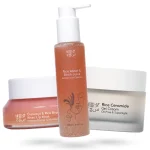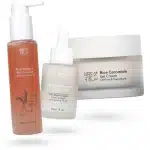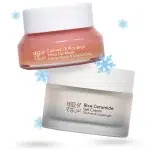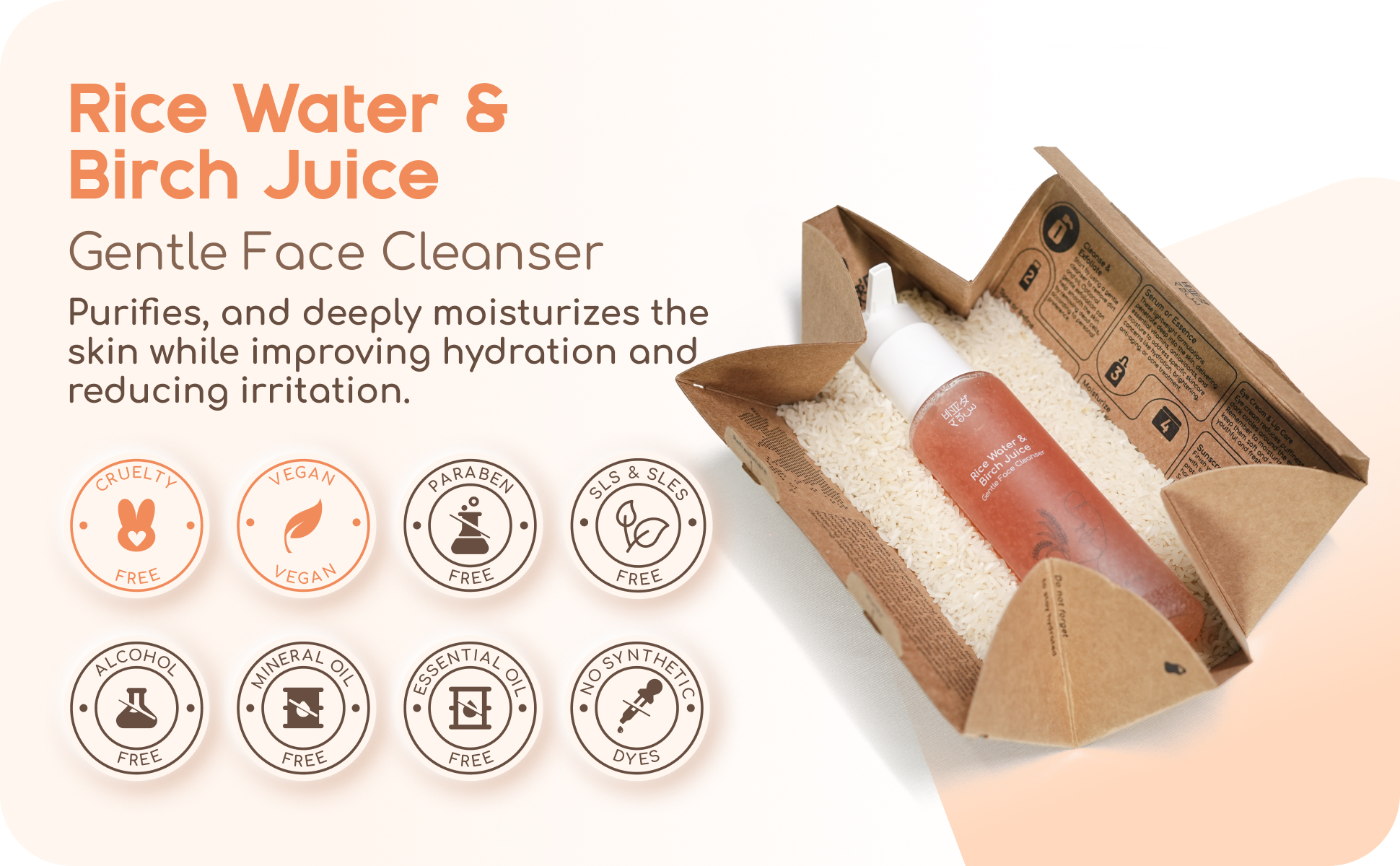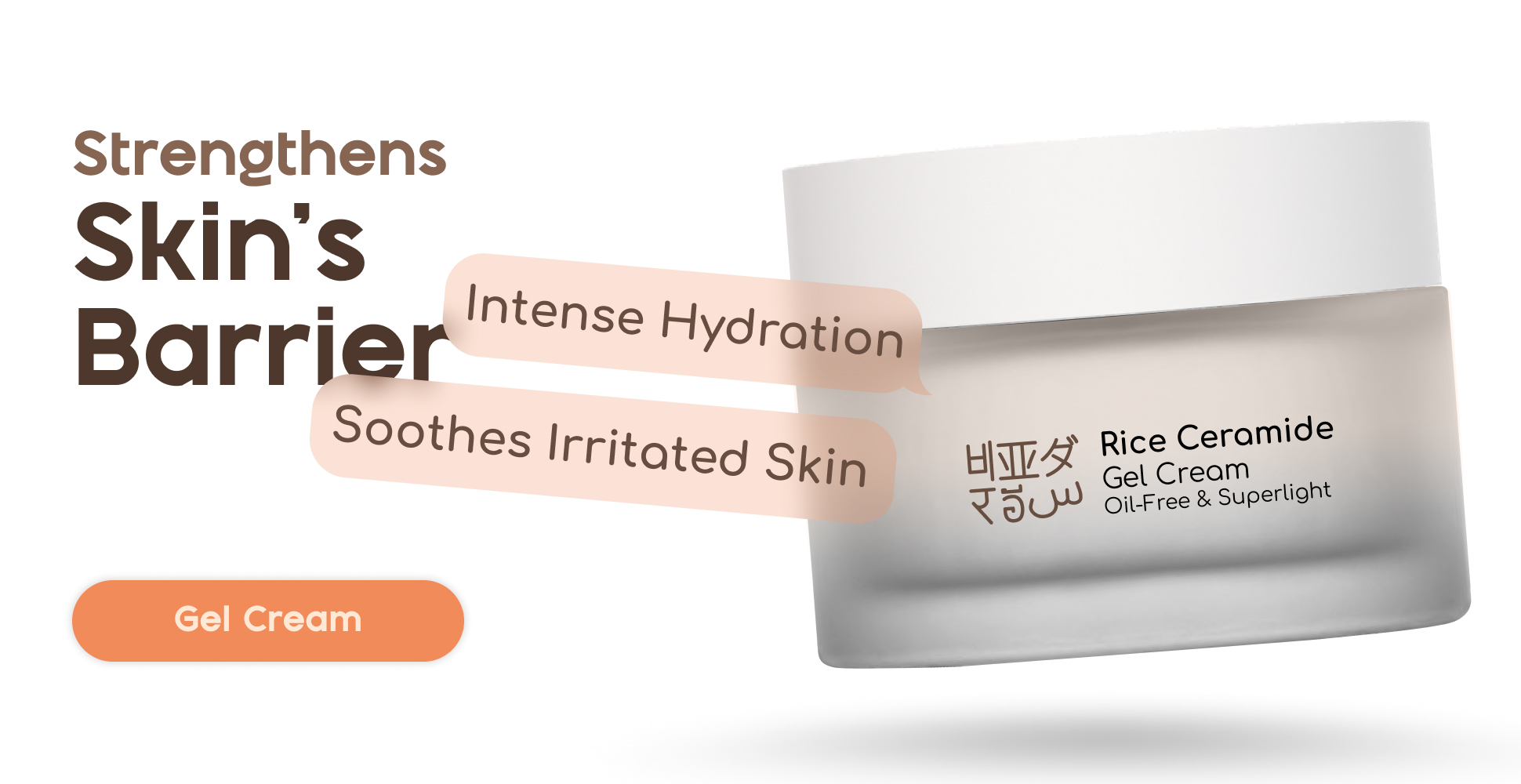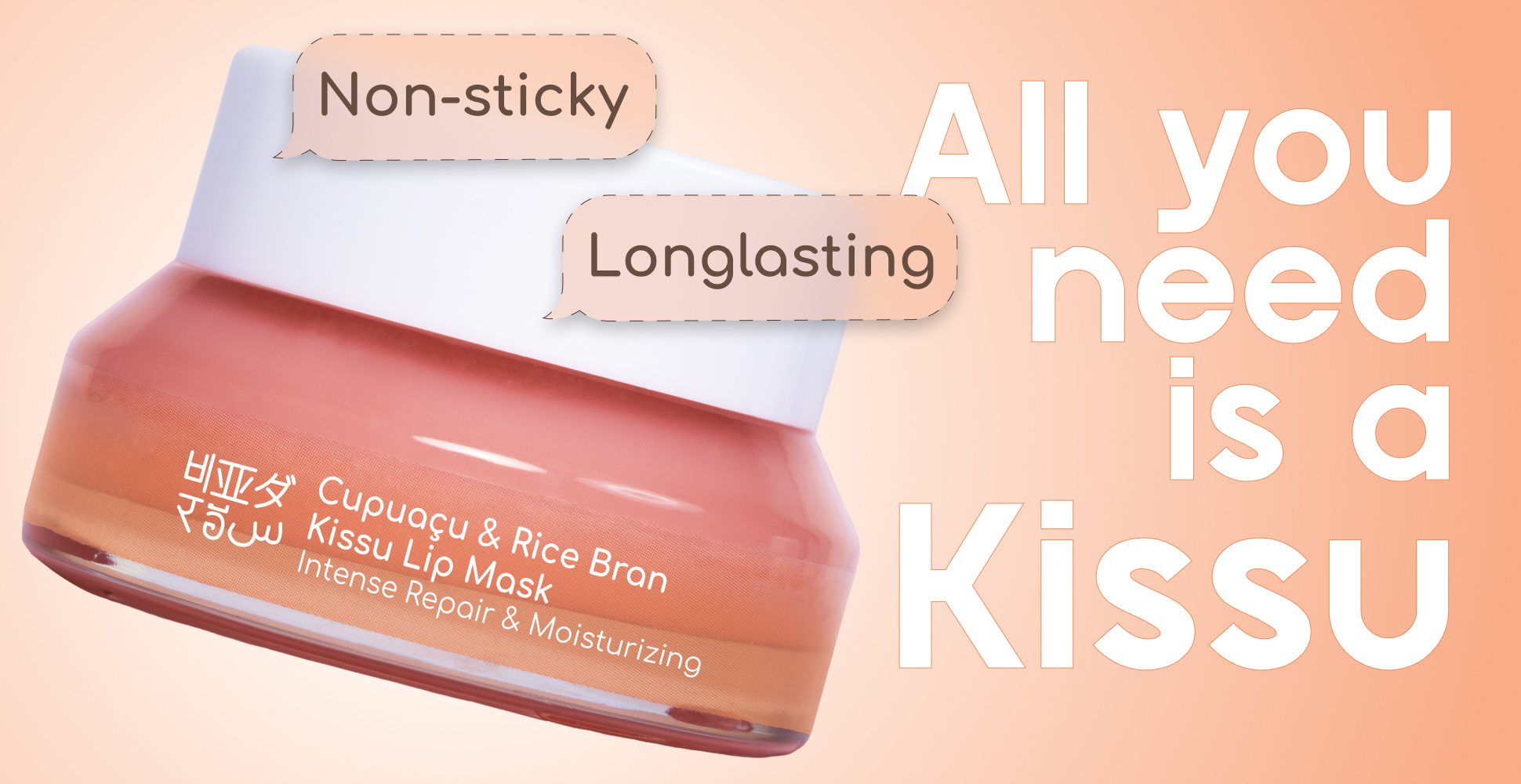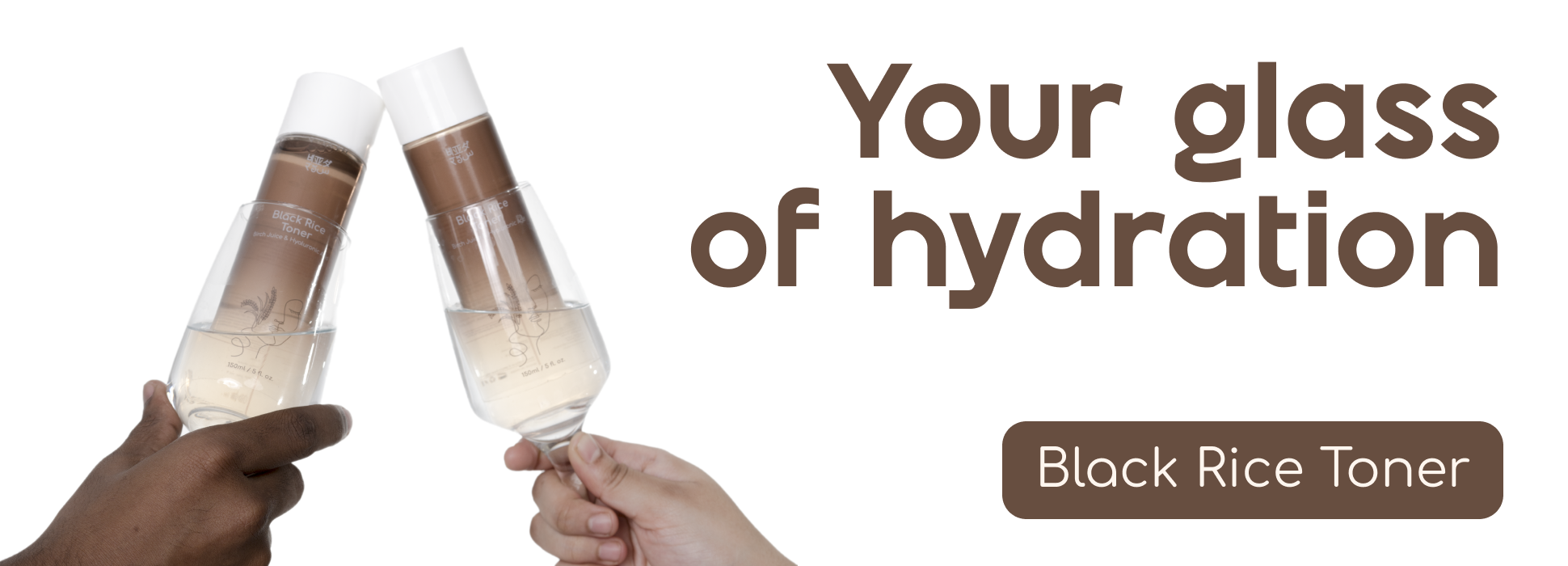Our Hero Products
Kissu Lip Mask – Capuacu butter, Jojoba oil & Rice Bran
Difference between sensitive skin and acne-prone skin types
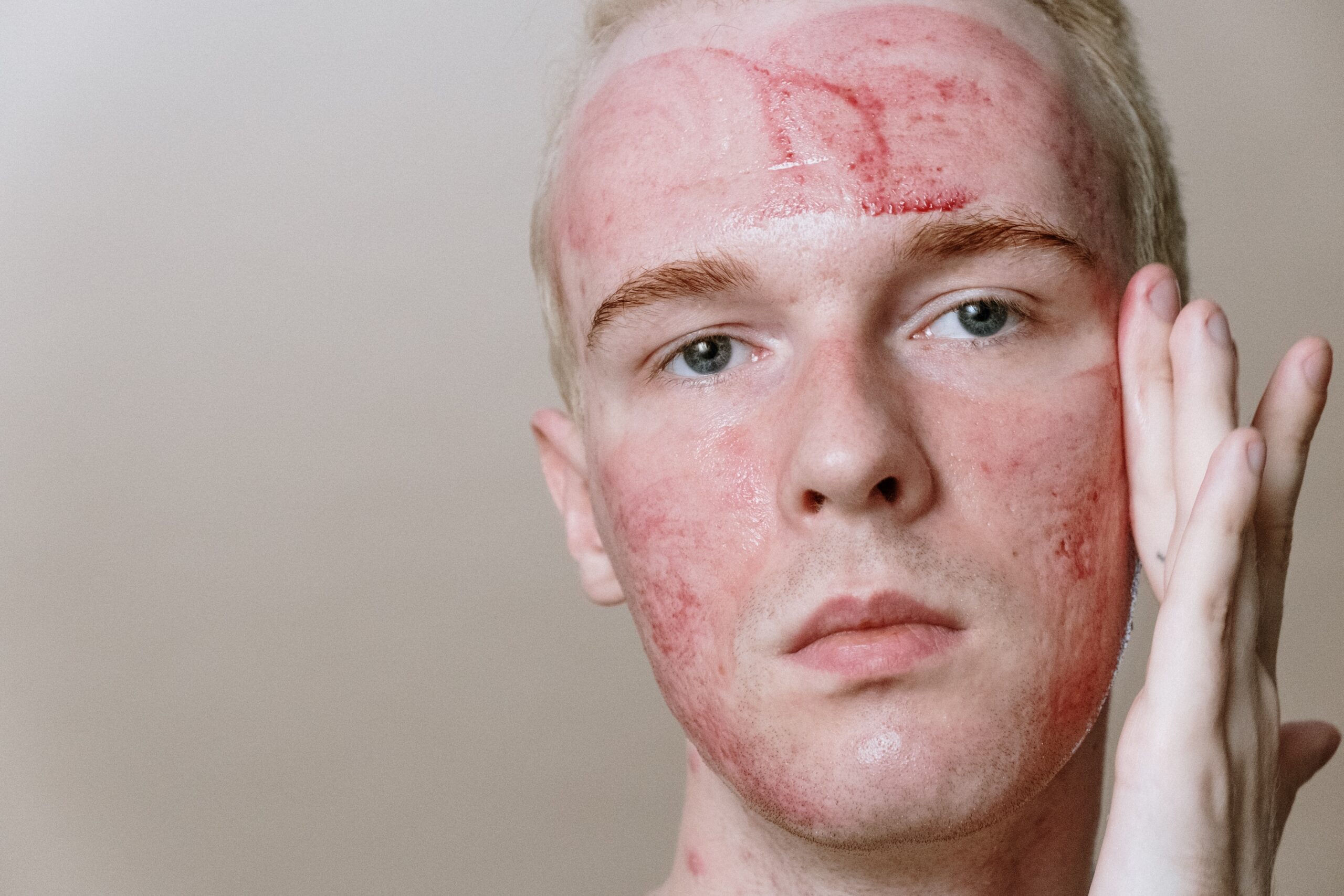
Most people think acne-prone skin is also sensitive skin, but, both of them are completely different skin types. One can have a combination of acne-prone and sensitive skin types, but both aren’t the same. By the end of reading this blog, you will be clear about many things.
Though it’s a bit confusing to people, the name intends to tell the actual meaning of these skin types. Let’s get into details about both of these skin types.
Identifying Acne-prone Skin Type

Image representing Acne prone skin with Acne
There’s a simple observational test anyone can use to determine their skin type easily, this is often used by dermatologists for initial assessment. Firstly, it’s important to note that having dry or oily skin does not exclude you from having acne-prone skin.
You can have dry and acne-prone skin or oily and acne-prone skin. If someone tells you that their skin type is ‘acne-prone,’ it doesn’t imply that it is oily, dry, or normal. Usually, if it is not combinational skin type along with acne, then it implies it is acne-prone on normal skin type.
To learn more about oily and dry skin types click here
Now, coming to the point. To identify if you have acne-prone skin, ask yourself the following questions: Do you develop blackheads or whiteheads easily? Do you experience acne breakouts when you switch to new skincare products or make minor changes to your routine? If your answer is ‘yes’ to any or all of these, it’s likely you have an acne-prone skin type.
Identifying Sensitive Skin type

Sensitive skin
As I mentioned earlier, experiencing acne doesn’t always indicate sensitivity, it could simply be acne-prone skin. It is important to understand that acne is unrelated to having a sensitive skin type.
Now, let’s identify. Does your skin develop rashes or display an itchy, reddish texture? Does it react harshly or itch when exposed to strong or unsuitable skincare products? Do rashes appear easily? If your answer is ‘yes’ to any of these, these are clear signs of having a sensitive skin type. Basically, it means your skin is sensitive to get damaged easily, as simple as that.
Sensitive and Acne-prone combinational skin type
If you’ve answered ‘yes’ to both situations mentioned above, you likely have a combination of acne-prone and sensitive skin. Managing this skin type requires extra care and caution. Pay close attention to what you use on your skin, and always read product information before trying anything new.
I would suggest you use Home remedies and DIY skincare. For such practices rice, papaya, potato, etc could help you bring the best out of your skin. You should know more about rice ingredients for hair and skincare.
Don’t see both Identification signs?
You’re probably fortunate not to have acne-prone or sensitive skin. But if you still facing other problems like dark spots when scratches, injury, or acne, You might fall under the pigment-prone skin type, yet this is less common. People with this skin type have higher levels of eumelanin, even if their skin tone isn’t actually dark. Eumelanin is a skin pigment found in individuals with brown and darker skin tones, while pheomelanin is more prevalent in lighter skin tones.
Pigment-prone skin type
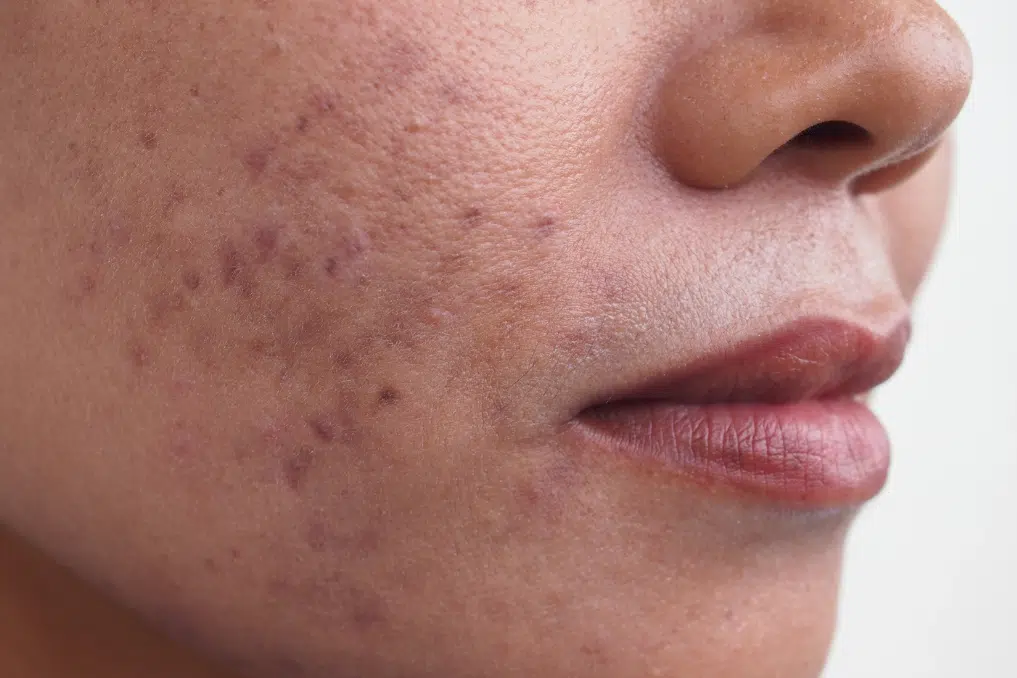
Pigment prone/ Hyper Pigmentation
Firstly, does your skin tend to develop dark marks on minor wounds, cuts, acne, etc.? If it does, you likely have a pigment-prone skin type.
here’s why? People with a pigment-prone skin type have eumelanin pigment cells formed by melanocytes. When the skin is injured or experiences acne and is exposed to the sun, these melanocytes release more pigment cells which will work to heal the damage/injury. This not only protects you from UV rays but also speeds up the healing process.
If you’re still unsure about your skin type or struggling to determine it by the variable issues you are facing, I recommend consulting a dermatologist to gain clear insights into your skin. Understanding your skin is crucial—without proper knowledge, experimenting with your skin could lead to more significant medical problems.
Thanks for reading 🙂

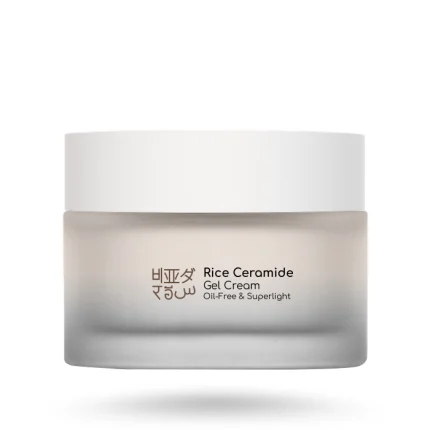

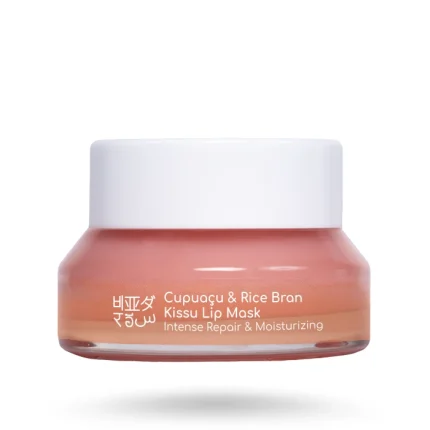
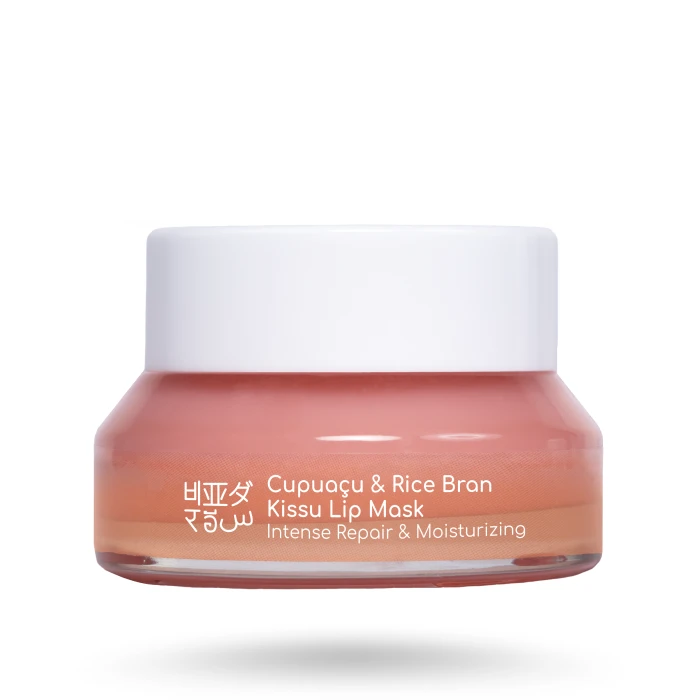
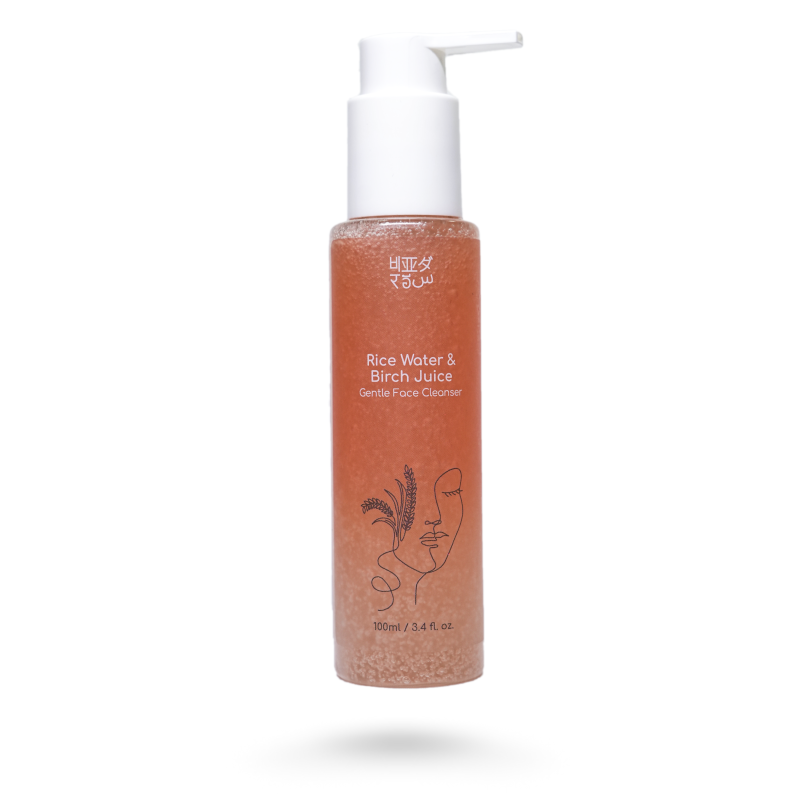
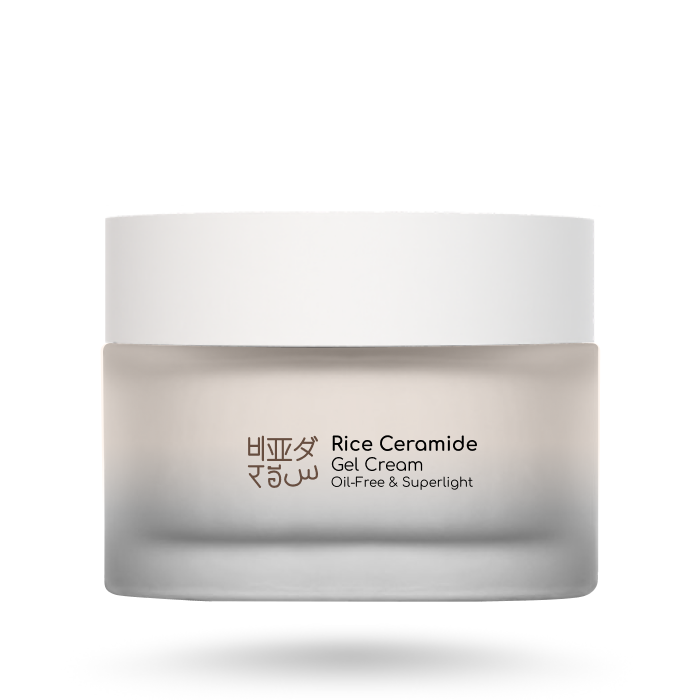
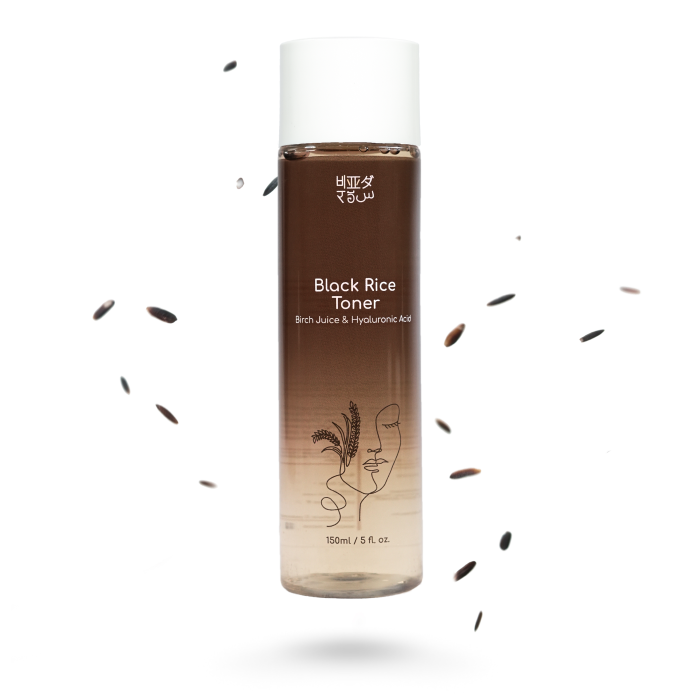
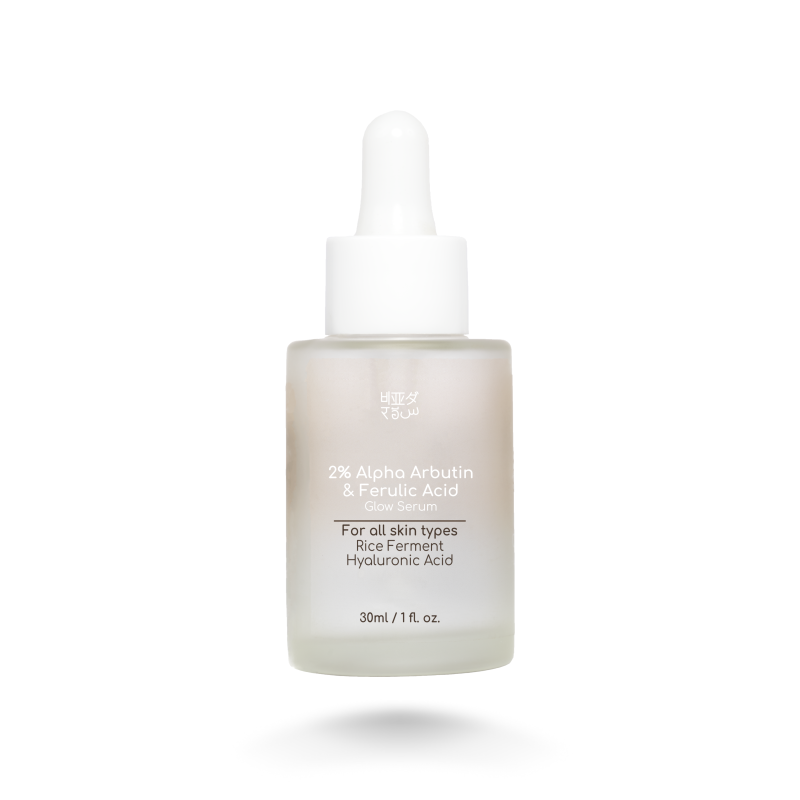
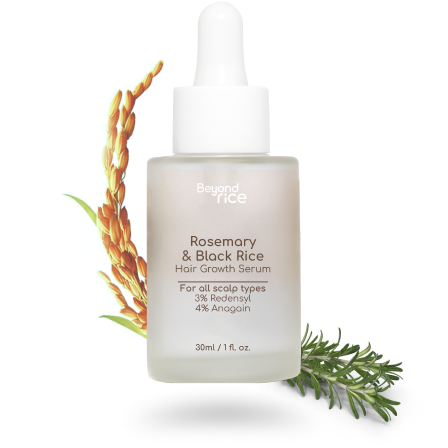
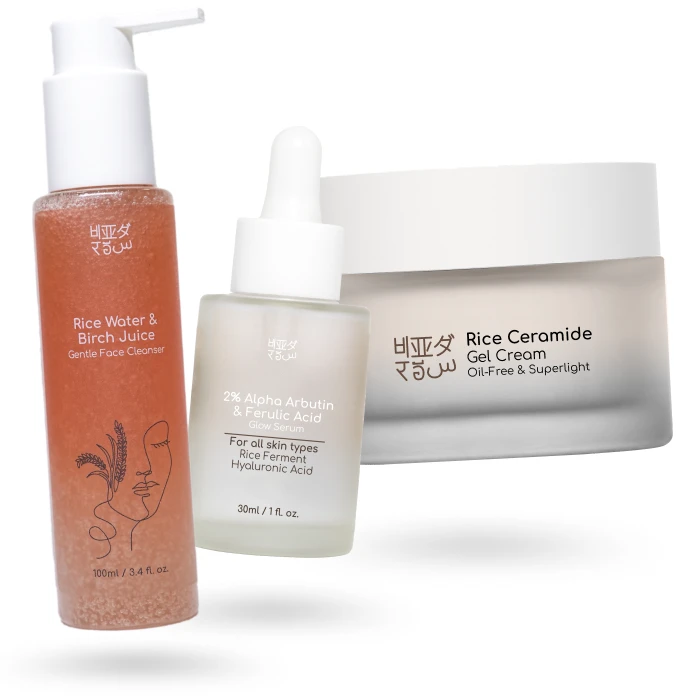
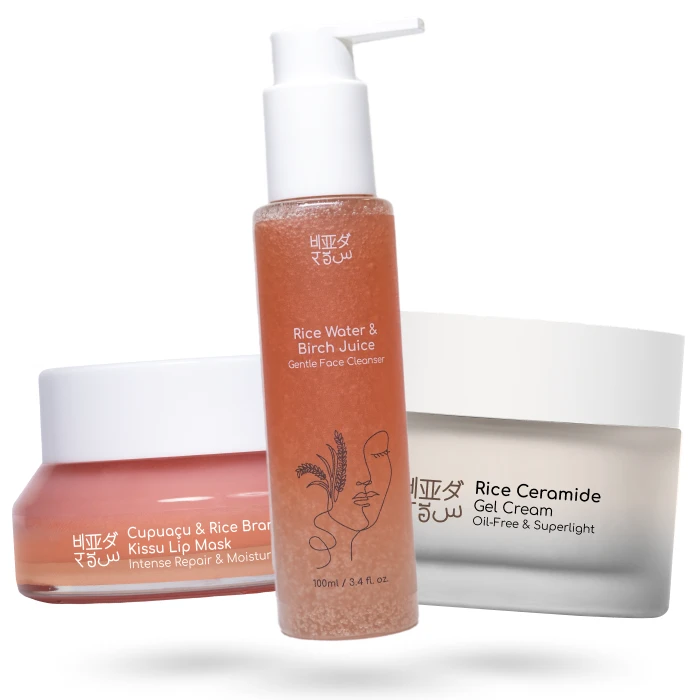

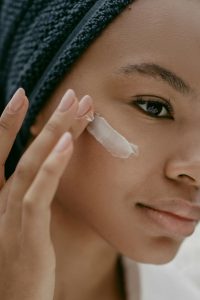

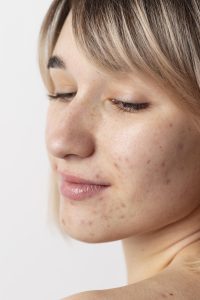



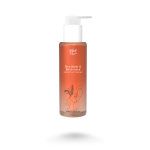 Gentle Face Cleanser - Rice Water & Birch Juice
Gentle Face Cleanser - Rice Water & Birch Juice
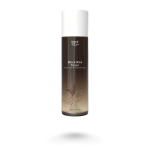 Black Rice Toner - Hyaluronic Acid
Black Rice Toner - Hyaluronic Acid
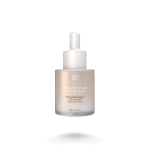 Face Glow Serum - Alpha Arbutin & Ferulic Acid
Face Glow Serum - Alpha Arbutin & Ferulic Acid
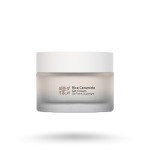 Rice Ceramide Gel Cream
Rice Ceramide Gel Cream
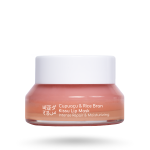 Kissu Lip Mask - Cupuacu & Rice Bran
Kissu Lip Mask - Cupuacu & Rice Bran
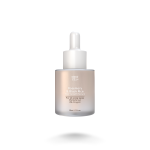 Hair Growth Serum - Redensyl, Anagain & Rosemary
Hair Growth Serum - Redensyl, Anagain & Rosemary
